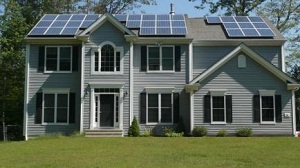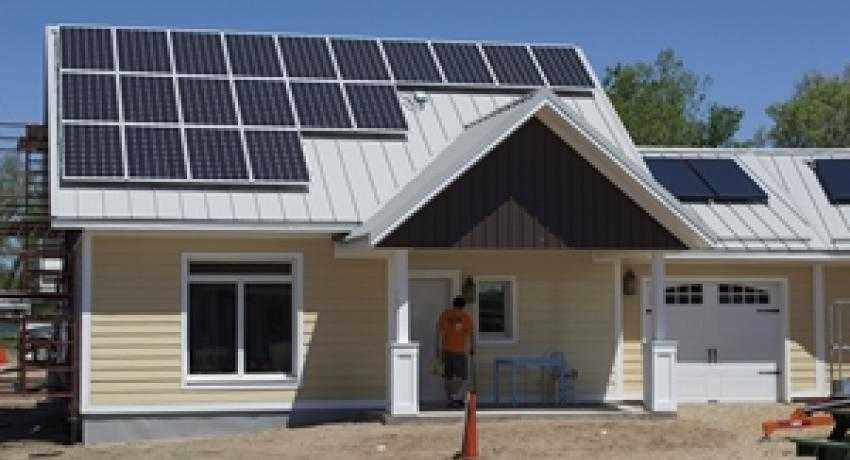Week in review: China on the rise
 In at least two ways, China made the solar news last week. The country is now shipping well more than half the world’s PV modules and they’re competitiveness is largely faulted by one company for their pending layoffs. However, China’s not all that’s happening in the solar world. Energy use is rising around the world and renewables are the fastest growing energy source, meanwhile solar leases were found to both save homeowners money while helping reduce incentives in a fair way. If distributed, solar and utilities can find common ground, everyone can win.
In at least two ways, China made the solar news last week. The country is now shipping well more than half the world’s PV modules and they’re competitiveness is largely faulted by one company for their pending layoffs. However, China’s not all that’s happening in the solar world. Energy use is rising around the world and renewables are the fastest growing energy source, meanwhile solar leases were found to both save homeowners money while helping reduce incentives in a fair way. If distributed, solar and utilities can find common ground, everyone can win.
First off, about 60 percent of the 15 gigawatts of PV shipped in the first half of 2013 came from China, and while the amount of PV shipped in the first quarter was certainly record-breaking, so was the amount coming from one country. The Chinese are largely outcompeting other PV manufacturers because they state support that’s been found in violation of international trade agreements in the U.S. and Europe. TrendForce, which put out the information also observed that European PV manufacturers are most at risk. The news could spell trouble particularly for European PV manufacturers who aren’t able to compete with the inexpensive modules coming from China.
At almost the same time SolarWorld Industries America, the U.S. army of the German solar company, said it would lay off about 50 workers in Hillsboro, Oregon. The company said it was making the layoffs while they retooled their facilities to be more competitive. The company also pointed out that they were making the layoffs because China’s unfair trade practices have made it hard to compete.
As usual, solar leasing was big news last week. First off, SolarCity announced that it will install solar on another 7,500 military houses in Hawaii, totaling 12.8 megawatts of solar power. The newest announcement is just the latest for SolarCity and Bank of America’s SolarStrong project, which is putting solar on military housing all across the country.
Even more exciting for solar leasing is a new report from the Climate Policy Initiative, which determined that solar leasing programs can save homeowners and taxpayers money. The report found that the spread of solar leasing has brought the cost of solar and of solar energy down to below market prices in California and at the same time, has helped ease the pressure for California to keep solar incentives high. The organization contended that more states should enact solar leasing programs with appropriate draw downs that keep pace with PV cost reductions.
Still, utilities are most wary of distributed solar today. A new report from the Rocky Mountain Institute is hoping to move the conversation forward in a way that makes distributed generation more palatable for utilities. To get the ball rolling its researchers reviewed 15 distributed generation studies that attempted to place a value on solar. What it found was no similar method was used throughout the studies. The institute recommended more studies that look at all the values that solar can bring to the grid. It also recommended more transparency in such evaluations.
This needs to happen now, because solar and other renewables are on the rise. According to the U.S. Energy Information Administration’s energy outlook, the use of electric is expected to increase by 56 percent by 2040. Renewable energy like solar and wind see a 2.5 percent increase (on average) each year, led by wind and hydroelectric generation. Solar will play a part, particularly in developing nations and places where the grid could use more electric.




